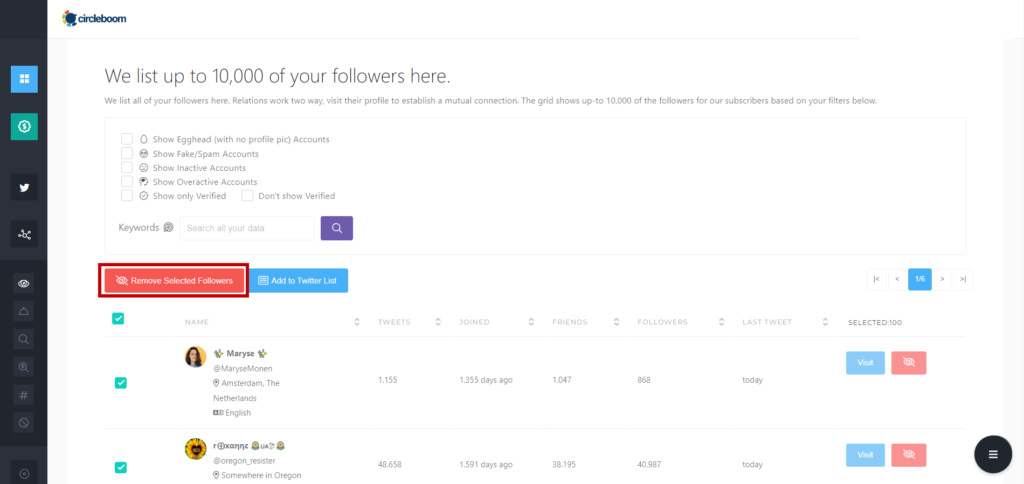504 Gateway Timeout Error: Quick and Easy Tips to Fix It
When you encounter a “504 Gateway Time-out” error while trying to export an Excel file, …

How to Invest in Fintech: Ultimate Guide
To invest in fintech, consider investing in technology itself or acquiring stock options with a …

How Can I Download Apps on My Laptop : The Ultimate Guide
To download apps on your laptop, go to the Microsoft Store and search for the …



